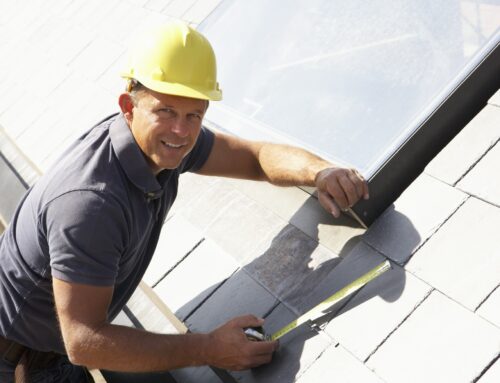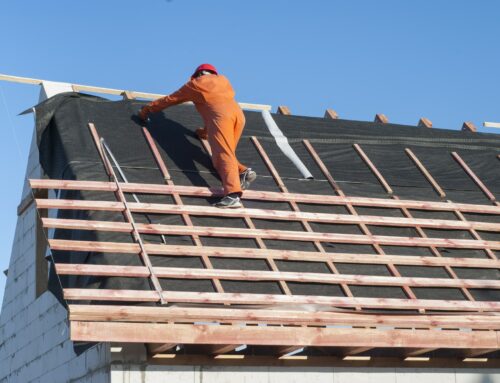Your home’s roof is a significant investment. If you are like most people, you want to ensure it lasts as long as possible. Unfortunately, during storm season, mother nature often has different plans.
The good news is, there are steps you can take to help stormproof your roof. These steps are found here.
Trim the Trees Away from Your Home’s Roof
One of the biggest hazards for your roof during storm season is falling debris from above. The most common culprit is trees. While a branch or twig that moves across your shingles isn’t too serious, if a larger limb falls – or even the entire tree trunk – it can result in devastating damage to both your roof and your home.
As a regular part of your home maintenance regimen, be sure to keep all trees near your house cut back a minimum of six feet away from your home.
Inspect for Any Pre-Existing Leaks
If there is one thing that storms are good at, it is making the most out of a leak that hasn’t been fixed.
The best way for you to check for any leaks is to get into the attic. Once there, look for any telltale signs of an issue, such as stains or water spots. If you don’t notice anything, but still believe there is an issue, it’s best to ask someone to go outside and imitate the rain on your roof by using a garden hose.
Perform Regular Checkups for Your Roof
A leak is not the only weak area of a roof that a storm can make worse. Another problem is if there are loose shingles, or even inadequate waterproofing. If this issue is present, then the roof may also be a victim of the whims of Mother Nature.
When you are inspecting your roof from the outside, you should look for the following potential problems:
- Cracked or worn boots around the pipes or vents
- Damaged or missing shingles
- Compromised sealant or underlayment
- Visible rust on various roof components like the flashing
- Absent, faulty, or loose nails
If you notice any of the problems here, it’s a good idea to call the professionals for help, as they can find the underlying issue and ensure it is fixed.
The Importance of Proper Roof Installation
While it is important to inspect and maintain your roof regularly is important a storm-resistant and durable roof begins with the proper installation methods. Even if the best materials are used, if the nails are driven too much or if the sealant isn’t applied to your roof properly, then the surface may be vulnerable.
As you are trying to assess the workmanship standards and material used by a roofer, be sure you consider the following:
- The quality of the materials being used. What are the expected lifespans and the fire ratings? Are they durable enough to stand up to bad weather?
- The quality of workmanship. What’s the process used?
- The company’s legacy. How long have they been in business? Do they have a good reputation?
If you have any questions about whether or not your roof can stand up to mother nature, contact us for a roof inspection.







